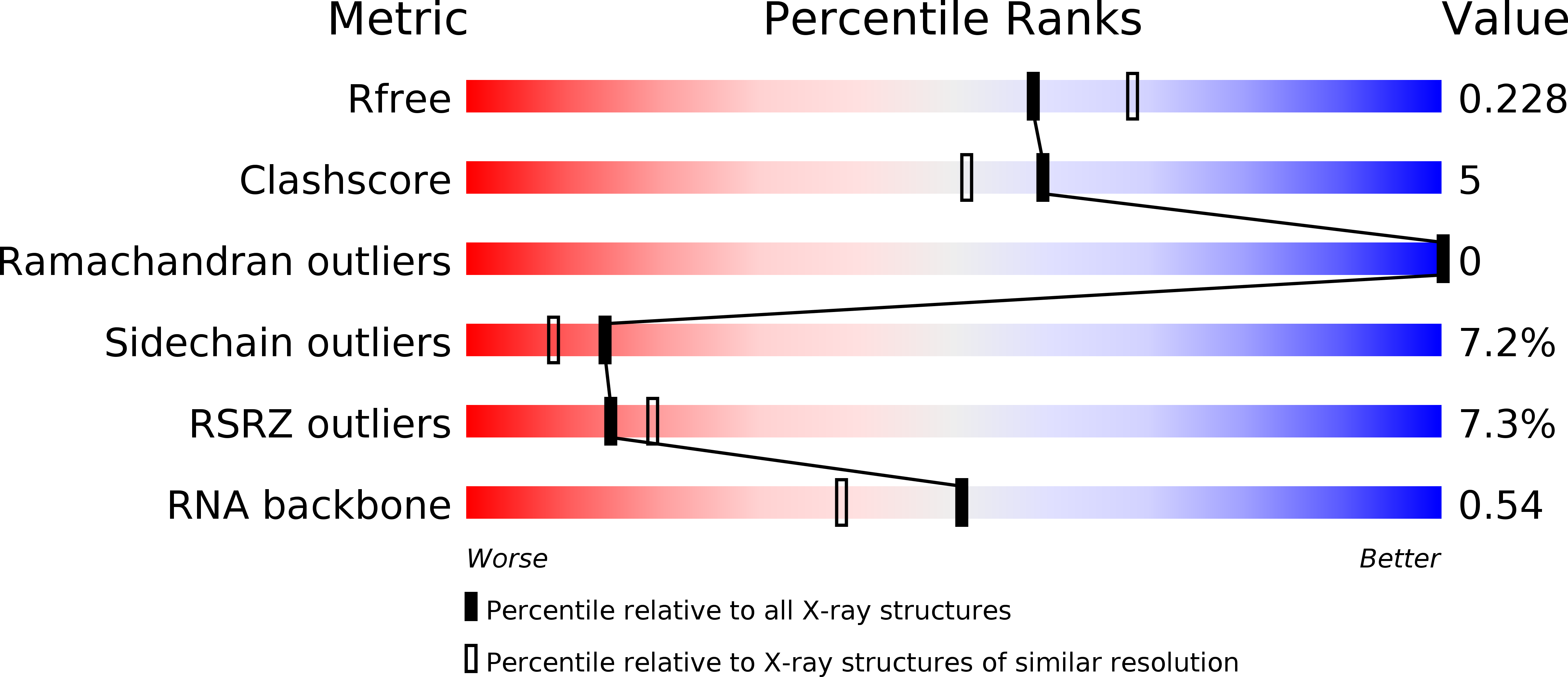
Deposition Date
2015-12-07
Release Date
2016-03-23
Last Version Date
2024-05-08
Entry Detail
PDB ID:
5FQ5
Keywords:
Title:
Crystal structure of Cas9-sgRNA-DNA complex solved by native SAD phasing
Biological Source:
Source Organism:
STREPTOCOCCUS PYOGENES (Taxon ID: 1314)
SYNTHETIC CONSTRUCT (Taxon ID: 32630)
SYNTHETIC CONSTRUCT (Taxon ID: 32630)
Host Organism:
Method Details:
Experimental Method:
Resolution:
2.14 Å
R-Value Free:
0.22
R-Value Work:
0.19
R-Value Observed:
0.19
Space Group:
C 1 2 1


